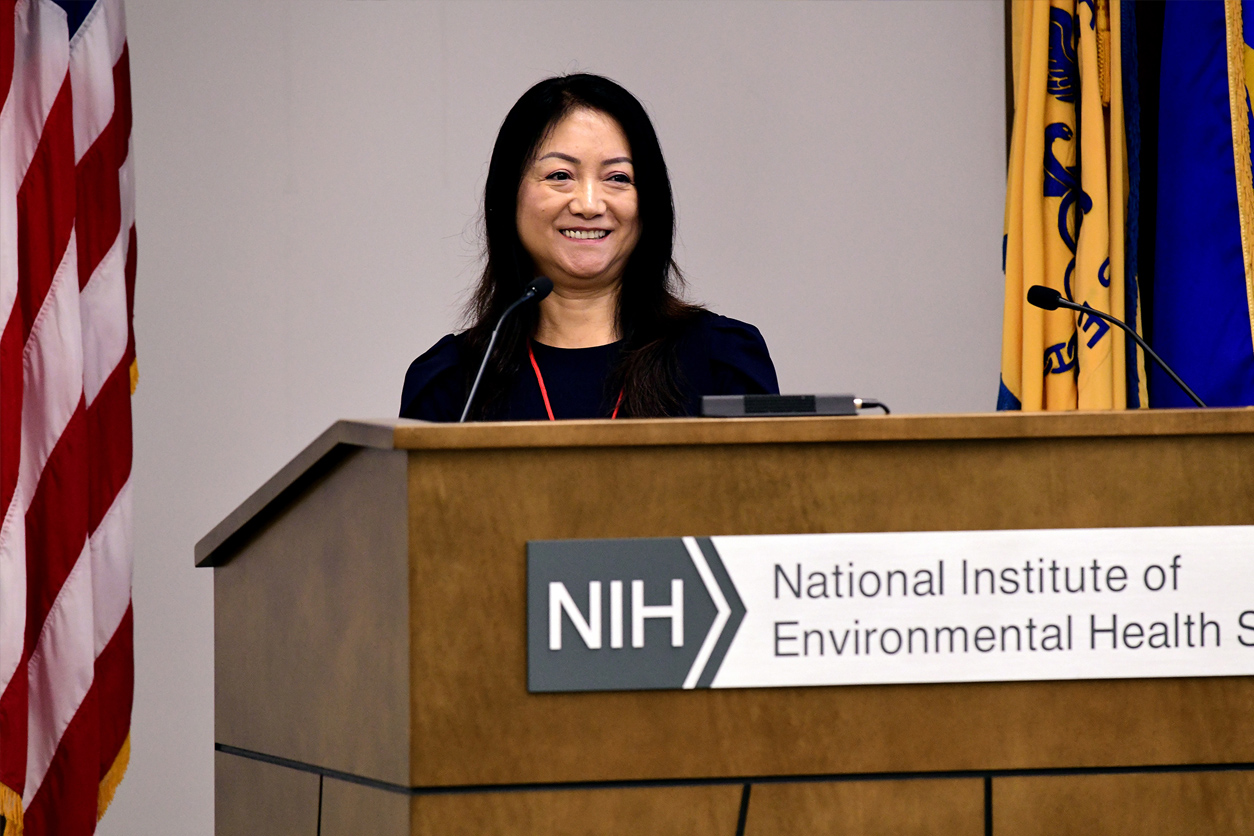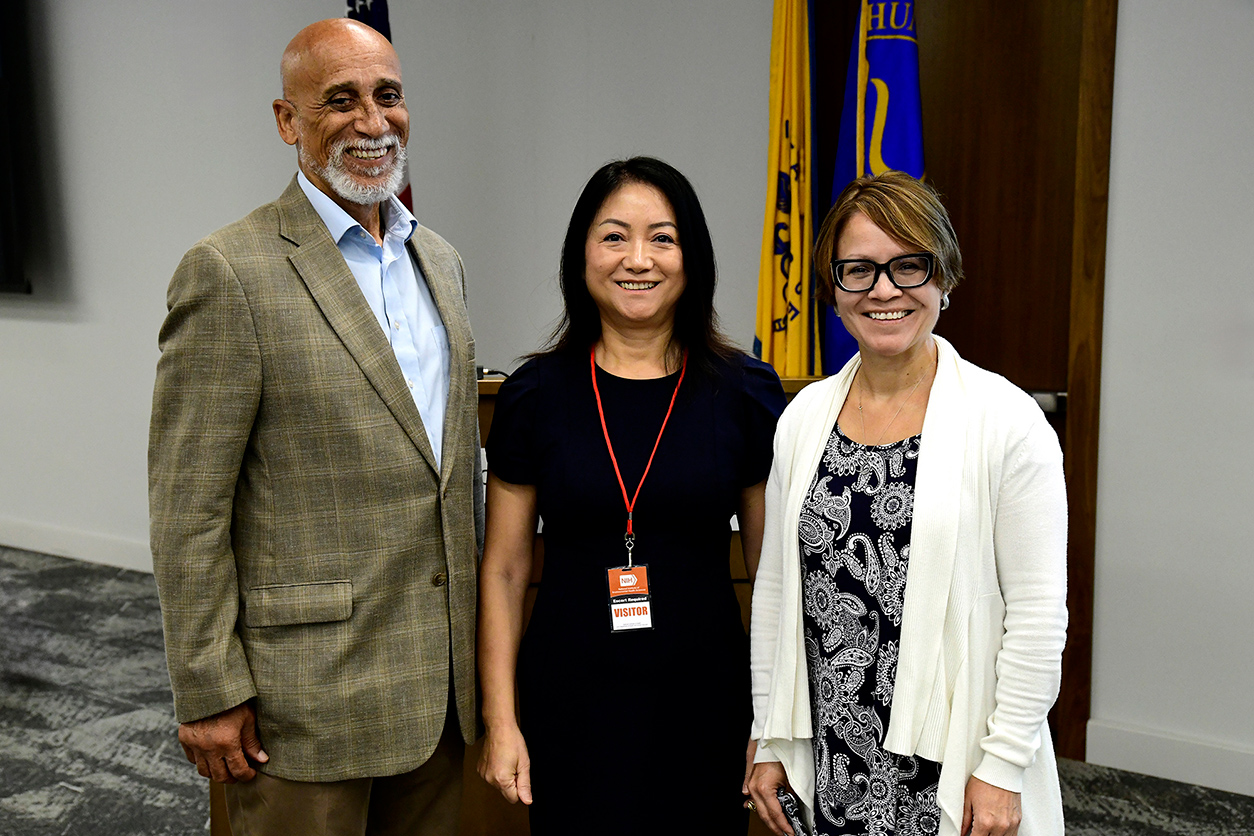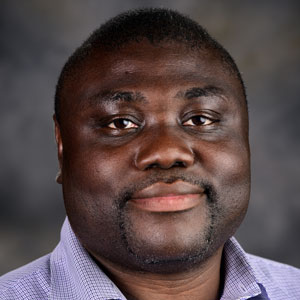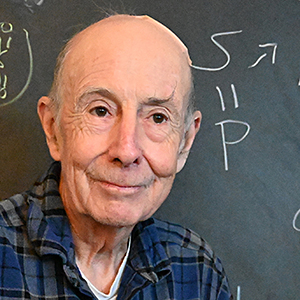A powerful protein called NRF2 acts like a commander in the antioxidant response, unleashing an army of detoxifying enzymes to protect against oxidative stress and damage. But this protein, once heralded as a hero of cellular biology, also has a dark side.
“I was the very first one to say NRF2 is not always good,” said Donna Zhang, Ph.D., during a Sept. 10 Distinguished Lecture at NIEHS. “In normal cells it provides valuable protection, but in cancer cells it can enhance resistance to chemotherapy.”
A toxicologist at the Herbert Wertheim UF Scripps Institute for Biomedical Innovation and Technology, Zhang has spent her career uncovering the paradoxical roles of NRF2 in preventing and promoting disease. She is particularly interested in how the protein shapes the body’s response to arsenic exposure.

Zhang highlighted her team's work on NRF2, its impact on cancer, diabetes, and other diseases, and the development of preclinical drugs targeting the protein.
“She's a renowned toxicologist focused on NRF2’s cellular defense system against environmental insults, and this has positioned her as a world authority in the field,” said Danielle Carlin, Ph.D., a health scientist administrator at NIEHS who, together with Fred Tyson, Ph.D., hosted the lecture. Carlin and Tyson oversee research grants that support Zhang’s work.
Chemoprevention
The study of NRF2 is part of the wider field of chemoprevention, which focuses on the use of diet, medications, or supplements to fight cancer. Certain foods have been shown to have potent anticancer properties, including chili peppers, green tea, garlic, tomatoes, honey, grapes, and cruciferous vegetables like broccoli.
“The chemopreventive ingredient in broccoli sprouts is sulforaphane, which we now know is an NRF2 activator,” said Zhang. When NRF2 is activated, it turns on a number of genes encoding enzymes that help detoxify cells and remove other harmful compounds. Typically, that activation and detoxification cycle lasts about 24 hours, and then NRF2 drops back down to undetectable levels. This intermittent activation is a good thing, Zhang said. But if NRF2 is activated for extended periods of time, it can turn bad, acting out through mechanisms that promote disease instead of preventing it.
“NRF2 is involved in every aspect of cancer,” said Zhang.
Her lab found that cancers with elevated levels of NRF2 have increased survival and resistance to a new form of cell death called ferroptosis.
Since 2005, Zhang has been looking for drugs that could knock down the levels of NRF2 and make these cancers more sensitive to treatment. She had some early success with a compound called brusatol, which is found in the seeds of the Brucea javanica plant of southeast Asia and northern Australia. But pharmaceutical development of it and similar NRF2 inhibitors has stalled.
“It is really difficult because NRF2 lacks a typical druggable binding pocket or a tractable biochemical function,” said Zhang. “It is an intrinsically disordered protein.”
A pro-diabetic shift
Exposure to arsenic induces the generation of reactive oxygen species that can damage organs and tissues, contributing to a wide variety of human diseases. Zhang’s research has explored the links between chronic arsenic exposure, NRF2 activation, and the development of diabetes. For example, her laboratory showed that mouse models exposed to low doses of arsenic over a prolonged period developed type 2 diabetes, but not if they were missing the NRF2 gene.

Through a series of studies, Zhang connected the dots between the environmental exposure and the health outcome. Prolonged exposure to arsenic led to chronically elevated levels of NRF2, which activated four genes that influence glucose metabolism, prompting blood sugar levels to rise, resulting in a pro-diabetic shift.
“Basically, we identified a novel mechanism by which arsenic exposure can promote type 2 diabetes, through NRF2,” said Zhang.
The finding is one of many that have propelled Zhang’s success in the field and led her to contribute 180 publications and three patents to the scientific community.
(Marla Broadfoot, Ph.D., is a contract writer for the NIEHS Office of Communications and Public Liaison.)









